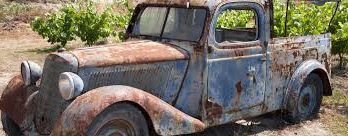Chapter 1 – A Detailed Guide to “Chemical Reactions and Equations” Activities for Class 10 Students
The article covers key activities from the “Chemical Reactions and Equations” chapter for class 10. It includes experiments demonstrating chemical concepts such as combination, displacement, and decomposition reactions, illustrated by burning magnesium, mixing chemicals to form precipitates, and heating compounds. These activities underscore the principles of chemical changes, conservation of mass, and practical applications in daily life and industries.
Chapter 1 – A Detailed Guide to “Chemical Reactions and Equations” Activities for Class 10 Students Read More

